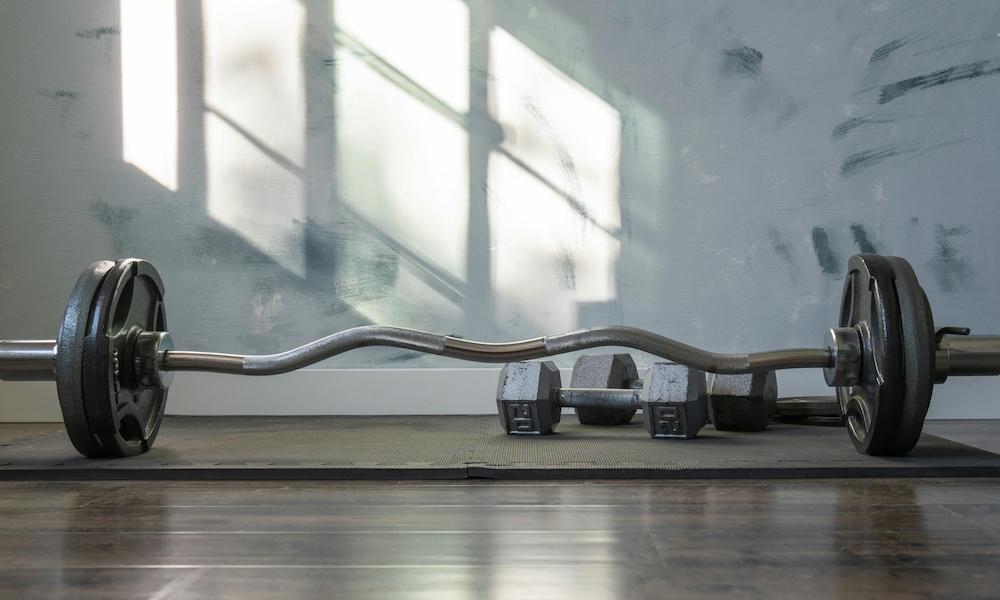When most people think of exercise, they often imagine cardio: running, biking, or group fitness classes. But one of the most powerful tools for health, especially for women, is strength training. Whether you’re lifting weights, using resistance bands, or working with your own bodyweight, strength training supports nearly every system in your body, from bones and hormones to mood and metabolism.
Benefits of Strength Training for Women
Research has made it clear that strength training is one of the best things women can do for their health, at every age. Here’s why:
Preserves lean muscle mass and metabolism. After about age 30, women naturally begin to lose muscle mass, a process called sarcopenia. Strength training helps preserve and build lean muscle, which in turn keeps your metabolism active and supports a healthy body composition.
A 2019 study in Frontiers in Physiology found that resistance training significantly increases resting metabolic rate in women, helping counteract age-related weight gain.
Builds stronger bones and reduces osteoporosis risk. Women are at higher risk for osteoporosis, particularly after menopause. Weight-bearing exercise stimulates bone remodeling, helping to maintain bone density.
According to the Journal of Bone and Mineral Research, women who performed resistance training twice a week for a year saw significant increases in bone mineral density in both the spine and hips.
Supports hormonal balance and mood. Strength training influences key hormones like estrogen, testosterone, and growth hormone, which all play roles in energy, mood, and muscle recovery. It also releases endorphins, improving mental health and reducing anxiety or depression symptoms.
Prevents injury and improves posture. A strong musculoskeletal system supports better alignment, stability, and movement efficiency, often preventing pain and injury.
How to Approach Strength Training Safely and Effectively
If you’re new to strength training, it’s normal to feel a little intimidated. But the good news is you don’t need a gym full of equipment to get started. A few guiding principles can help you train effectively and safely.
Start with form first. Proper movement patterns are more important than heavy weights. Work with a trainer or clinician to learn safe techniques for squats, hinges, presses, and pulls.
Progress gradually. Muscles grow and adapt when they’re challenged, but they also need recovery. Start with 2–3 sessions per week, targeting all major muscle groups. Add weight or resistance only when exercises feel easier to complete.
Mix it up. Combine compound exercises (like squats, lunges, or rows) that work multiple muscles at once with isolation movements (like bicep curls or leg extensions). This balance builds both strength and muscle tone.
Don’t skip recovery. Muscles need time to rebuild stronger. Prioritize sleep, hydration, protein-rich meals, and rest days.
Tips and Tricks to Stay Consistent
- Schedule your workouts like appointments.
- Keep resistance bands or light weights at home for quick, convenient sessions.
- Track your progress, even small increases in strength or endurance are huge wins.
- Train with a friend or partner for accountability and fun.
The Takeaway
Strength training is one of the most powerful, research-backed tools for women’s health, improving bone density, muscle mass, balance, and emotional well-being. Whether you’re lifting a barbell or your own bodyweight, the goal is the same: build a stronger, more resilient version of yourself.





